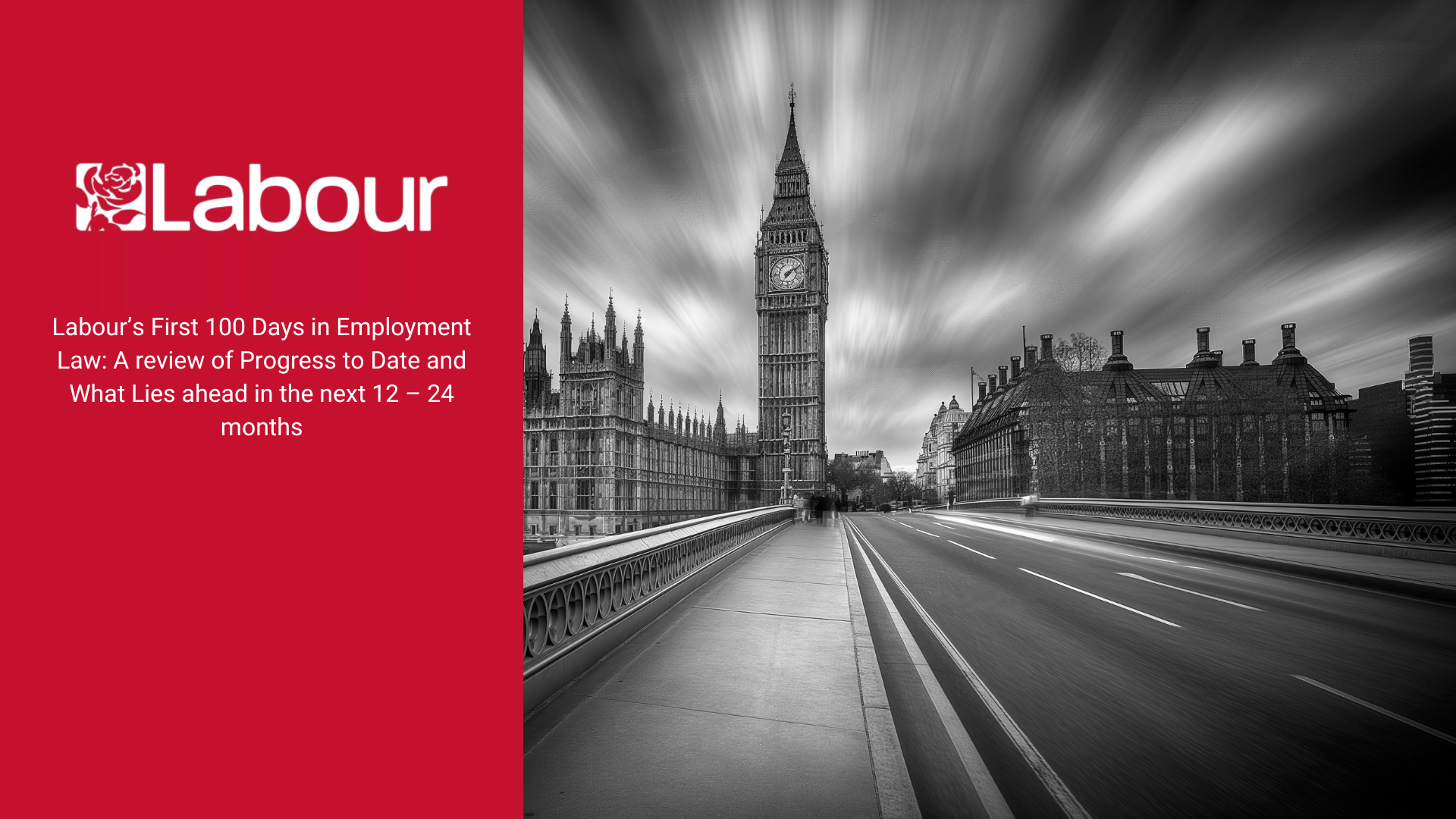Dress code banning Islamic headscarves not necessarily discriminatory.
The European Court of Justice has confirmed that there are limited circumstances where a dress code, which has the effect of prohibiting an employee from wearing an Islamic headscarf, may be lawful.
Such a dress code may be lawful where:
- the employer desires to have workers who come into contact with customers project an image of neutrality;
- it prohibits the visible wearing of any political, philosophical or religious sign only to employees in customer facing roles;
- it applies to all customer facing workers equally;
- the prohibition is strictly necessary;
- any disadvantage to a employee is addressed in a manner least adverse to the employee, taking into account the inherent constraints to which the employer is subject.
Background
As previously reported, in the case of Achbita v G4S, G4S operated a policy prohibiting all its employees from wearing any visible manifestation of a political, philosophical or religious belief. The purpose of the policy, said G4S, was its desire to have workers who come into contact with customers projecting an image of neutrality. However, Ms Achbita refused to give up wearing her Islamic headscarf when carrying out her professional duties as a receptionist, which was a customer-facing role. G4S dismissed her for refusing to comply with the policy. The ECJ determined that G4S had not directly discriminated against Ms Achbita because the policy applied to all employees and therefore it had not treated her differently to any other employee.
However, the ECJ went on to say although the G4S policy was apparently neutral, in that it was applied to all employees in the same way, it put persons adhering to a particular religion or belief wishing to wear a visible manifestation of that belief at a disadvantage compared to those employees who did not share that religion or belief. Therefore, any employee who suffered a disadvantage because of that policy, such as Ms Achbita, would have a potential claim for indirect discrimination.
To defend such a claim for indirect discrimination claim the ECJ reminded us that G4S would need to demonstrate:
First, that the policy was in pursuit of a legitimate aim. The ECJ considered that an employer’s desire to have workers who come into contact with customers projecting an image of neutrality could be a legitimate aim.
Second, G4S needed to demonstrate that both its policy and the dismissal of Ms Achbita for failing to comply with it, was appropriate and necessary to achieving that legitimate aim. In determining whether the prohibition was appropriate and necessary, the ECJ suggested that the courts should consider whether the policy is pursued in a consistent and systematic manner and whether the prohibition only covers workers who interact with customers; and whether, and without requiring an employer to take on an additional burden, it would be possible to avoid the dismissal of an employee who wishes to wear a religious sign, such as an Islamic headscarf, by moving them to a post not involving visual contact with customers.
Springhouse Comment
It is clear that unless G4S limits its policy to apply to only those workers who interact with customers (one of the ECJ’s suggestions above), the ECJ’s second suggestion about redeploying Ms Achbita to a non-customer facing role and permitting her to wear her Islamic headscarf could give rise to direct discrimination claims from other employees in non-customer facing roles who were for instance prohibited from wearing a cross, a kara or a kippah.
But even if G4S had reformulated its policy to limit it only to workers in customer-facing roles, and had retained Ms Achbita, what then, for example, of a Jewish worker in a customer facing role wishing to wear a kippah; a Christian worker wishing to wear a cross; or a Sikh worker wishing to wear a kira? Surely, they might consider that by having to comply with the policy, they were now being treated differently on the grounds of their religion, when compared to Ms Achbita, giving rise to a direct discrimination claim by them?
Would that leave G4S in a no win situation?
Not so. When considering less favourable treatment for the purposes of direct discrimination, the employment tribunals will compare the treatment of the aggrieved worker against a worker who does not share the same protected characteristic (e.g. religion or belief) but whose relevant circumstances are the same. Whilst the Christian, Jewish or Sikh worker in the G4S customer-facing role would be treated less favourably than Ms Achbita (now in the non-customer facing role) on the grounds of their religion and belief, the relevant circumstances are different. The correct comparator would be an employee who did not share the same religion or belief as the aggrieved employee, but who was also in a customer-facing role. It follows, that provided G4S applied the dress code consistently and equally to all employees in its customer-facing roles, there would be no direct discrimination.
Implications for Employers
When putting in place dress codes, an employer must consider carefully a restriction on any kind of clothing or jewellery that could be deemed to be of religious significance. In particular:
- Consider what is the purpose of the restriction e.g. a desire to have workers who come into contact with customer project an image of neutrality.
- Make sure it applies only to those employees as appropriate and necessary to achieve the purpose.
- Apply the code consistently to all employees to whom the policy applies.
- Consider whether there is a genuine occupational requirement (please see Part 2 of our article ‘Is a dress code that bans Islamic headscarves discriminatory? ‘ where we consider the second case determined by the ECJ on 14 March 2017 on this subject matter).











